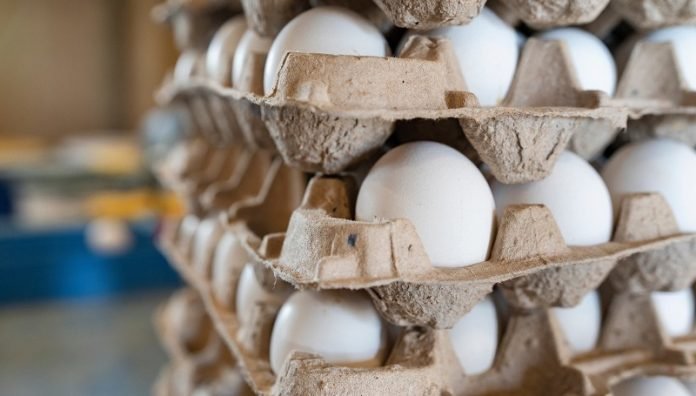
As the price of eggs continues to climb in the United States, shoppers have been shelling out more money to get their hands on the common supermarket staple.
In the face of these higher costs, some are even considering raising their own chickens at home.
And many are wondering how long they’ll have to wait for prices to go back down.
Archer is an associate professor in the poultry science department at Texas A&M University and an AgriLife Extension specialist.
Here, he talks about the three main factors that are driving up costs and why it will take at least a few months for prices to return to normal.
What is driving this increase in egg prices?
There are multiple factors affecting the price of eggs right now:
The biggest is avian influenza – over 50 million birds have been lost this year. Many are commercial layers so supply is down at least 5%.
Another is inflation, which is increasing the costs of feedstuffs (corn and soybean) used in feed, and fuel (gas, diesel, electricity, natural gas) needed to transport eggs and run farms.
The last is increased demand. It’s normal for the holidays to see increased egg costs (people use eggs more in bakery products). But we are also seeing increased demand due to inflation, as people are consuming eggs more instead of other protein sources which are also seeing increased costs.
What will need to change for prices to fall again?
Producers need to replace the lost layers. It takes a layer 20+ weeks to start laying eggs from the day they are hatched, so that’s about four to six months.
It also depends on the other factors above. If more flocks are hit, inflation increases, and demand continues to rise, then this could last longer.
In the meantime, what is your advice for consumers?
Eggs are still a very inexpensive source of nutrition. There’s not much you can do to affect the price. Hopefully, avian influenza will lessen as well as feed costs.
Encourage anyone you know with backyard birds to practice good biosecurity. Keep their birds away from waterfowl, which are the main transmitter of avian influenza. The sooner we are free of the disease, the sooner flocks can be restored and remain stable, which will make prices go back down.
How does this price spike compare to others we have seen in the recent past?
Similar increases in prices happen when demand increases around holidays like Christmas, and Easter.
Historically, in 2015 prices increased due to an avian influenza outbreak like this one. But once the layers’ population was restored, the prices went down.
Written by Laura Muntean.



